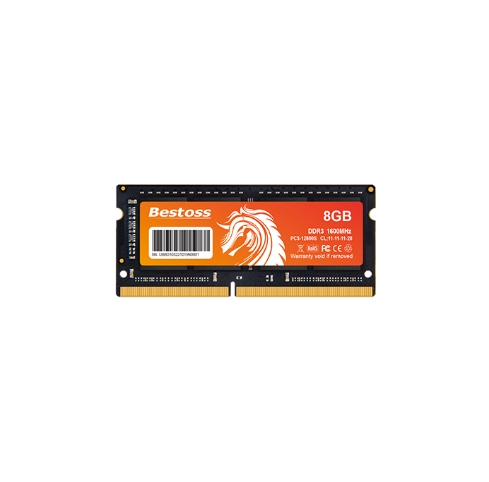
In the ever-evolving realm of technology, deciphering the intricacies of computer speed becomes paramount. This article delves into the dynamic interplay between two crucial components—Random Access Memory (RAM) and Hard Disk Drives (HDD). By exploring the nuanced details of RAM vs. Hard Drive, we aim to unravel their distinct impacts on the speed and efficiency of a computer system.
Random Access Memory (RAM) functions as the nerve center of a computer's short-term memory. It not only facilitates the swift storage of actively used or processed data but also plays a pivotal role in determining the overall responsiveness of the system. As applications are launched and programs executed, RAM's rapid data access capabilities come to the forefront, significantly influencing the speed at which a computer can respond to user commands.
Expanding on this, it's crucial to understand the different types of RAM, such as DDR3, DDR4, and the emerging DDR5. Each iteration brings advancements in data transfer rates and efficiency, directly impacting the speed of data access and system performance.
Contrastingly, the Hard Disk Drive (HDD) serves as the stalwart storage repository for a computer, housing the operating system, software, and files even during periods of inactivity. While Hard Drives boast impressive storage capacities, their access speeds lag behind the nimble RAM. This prompts a critical question: How does the comparatively slower speed of Hard Drives influence the overall swiftness of computer performance?
Delving deeper into HDD intricacies, we can explore the differences between traditional Hard Disk Drives and Solid State Drives (SSD). SSDs, with no moving parts, offer significantly faster read and write speeds compared to HDDs, revolutionizing data access and retrieval times.

The symbiotic relationship between RAM and the Hard Drive resembles a nuanced dance, each component contributing uniquely to the computer's performance. Striking the perfect balance between these two elements is imperative for achieving optimal speed. In instances where RAM falls short, the computer may lean on the Hard Drive, potentially causing bottlenecks and slowdowns.
To further optimize this delicate balance, exploring technologies such as dual-channel and quad-channel memory configurations can be crucial. These configurations enhance data transfer rates between the RAM and the rest of the system, reducing latency and bolstering overall speed.
Navigating the dynamic landscape of computing, RAM and Hard Drives emerge as the bedrock of system speed. At Bestoss, we acknowledge the pivotal role these components play in crafting a seamless computing experience. Our extensive range of high-performance RAM modules, including the latest DDR5 advancements, and cutting-edge Solid State Drives are meticulously designed to push the boundaries of speed and efficiency. Trust Bestoss for superior components that not only meet but exceed the demands of modern computing.
In the complex tapestry of computing, RAM and Hard Drives stand tall as architects of speed and efficiency. As you embark on the journey of finding the delicate equilibrium between quick data access and vast storage, consider Bestoss as your ally, ensuring your computing experience reaches unprecedented heights. Opt for Bestoss, where excellence converges with innovation.